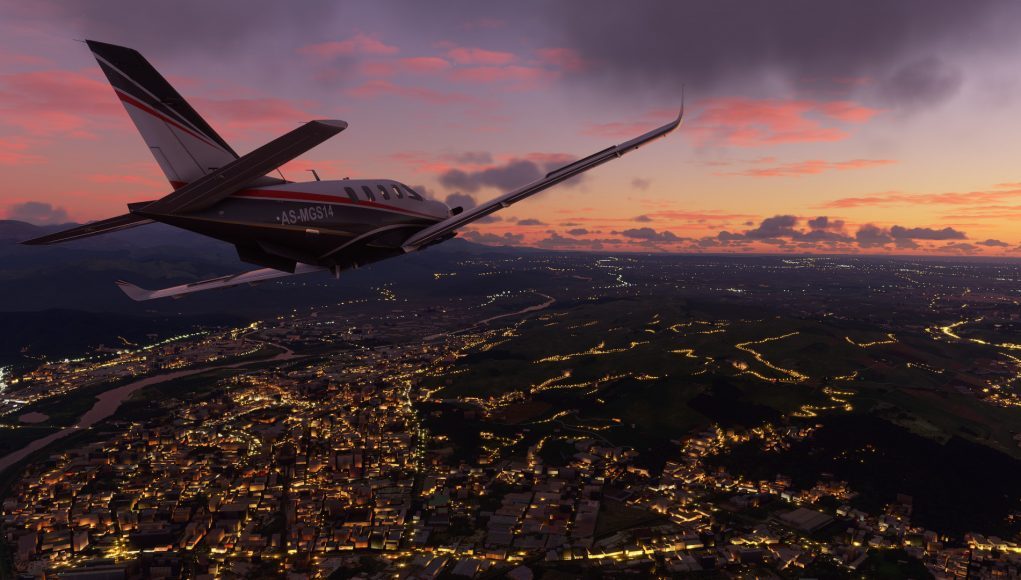Get your flight sticks ready, because Microsoft Flight Simulator (2020) VR support is coming as a free update to the game on PC starting today.
Update (December 22nd, 2020): Just in time for Christmas, Microsoft Flight Simulator is due to get an update today that will allow SteamVR headsets to play the game in its entirety. The original article detailing the VR update follows below.
Original Article (December 18th, 2020): ASOBO UX designer François Dacquin announced in a video (linked below) that the long-awaited VR update for Microsoft Flight Simulator is scheduled to arrive on December 22nd, 2020 as a free update.
Dacquin also says the studio has worked closedly with Microsoft’s Mixed Reality team, headed by Alex Kipman, to support all OpenXR-compatible PC headsets, which includes devices such as Valve Index, Oculus Rift S, Windows MR headsets like HP Reverb G2, and Oculus Quest with Link.
The game is said to offer support for all of the same controllers as the flatscreen version, which includes HOTAS, gamepads, and keyboard & mouse. Dacquin says in-cockpit instrumentation can be interacted with via a 3D mouse cursor; there’s no mention of native motion controller support, however it may be something to hope for in the future. Dacquin mentions that “as virtual reality continues to evolve, Microsoft Flight Simulator will continue to evolve too.”
Microsoft Flight Simulator launched back in August for traditional monitors, however the game’s VR implementation was originally supposed to release shortly afterwards alongside HP Reverb G2. Instead, VR support was first released via a closed beta for Windows Insiders in early October—its first phase only for owners of HP Reverb G2, and its second phase opened to other SteamVR-compatible headsets.
There’s still no official specs for the VR side of things at launch. The studio previously noted that closed beta participants should at least have an i5-8400/Ryzen 5 1500X CPU, Nvidia GTX 1080 or equivalent GPU, and at least 16GB of RAM.







